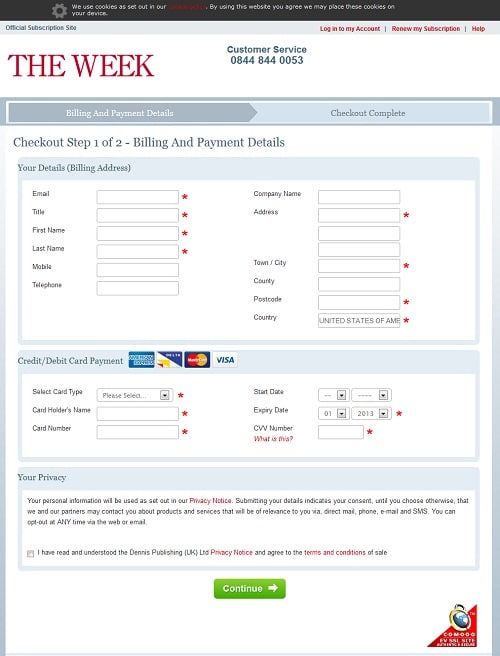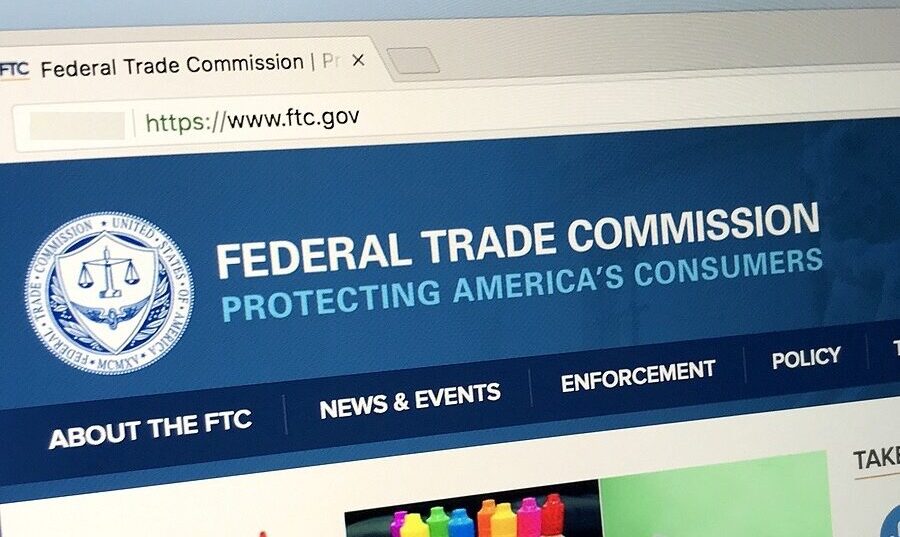
The Week Avoids Paywall, Transitions to Digital with App Subscriptions Instead
Lorem ipsum dolor sit amet, consectetur adipiscing elit. Ut elit tellus, luctus nec ullamcorper mattis, pulvinar dapibus leo.
Generally speaking, consumer publications have been the least likely to make print content available for free online, and their resistance may be paying off. The Week has been able to transition a substantial portion of its print subscribers to digital subscriptions through tablet and mobile apps -- without making any of its premium content free on its website or putting up a meter or paywall of any kind. Head of Direct Marketing Abi Spooner spoke to us about how The Week is acquiring digital su...
HELLO!
This premium article is exclusively reserved for Subscription Insider PRO members.
Want access to premium member-only content like this article? Plus, conference discounts and other benefits? We deliver the information you need, for improved decision-making, skills, and subscription business profitability. Check out these membership options!
Learn more about Subscription Insider PRO memberships!
Already a Subscription Insider PRO Member?
Please Log-In Here!
- Filed in Case Studies, Product Development, Subscriber Only, Technology







